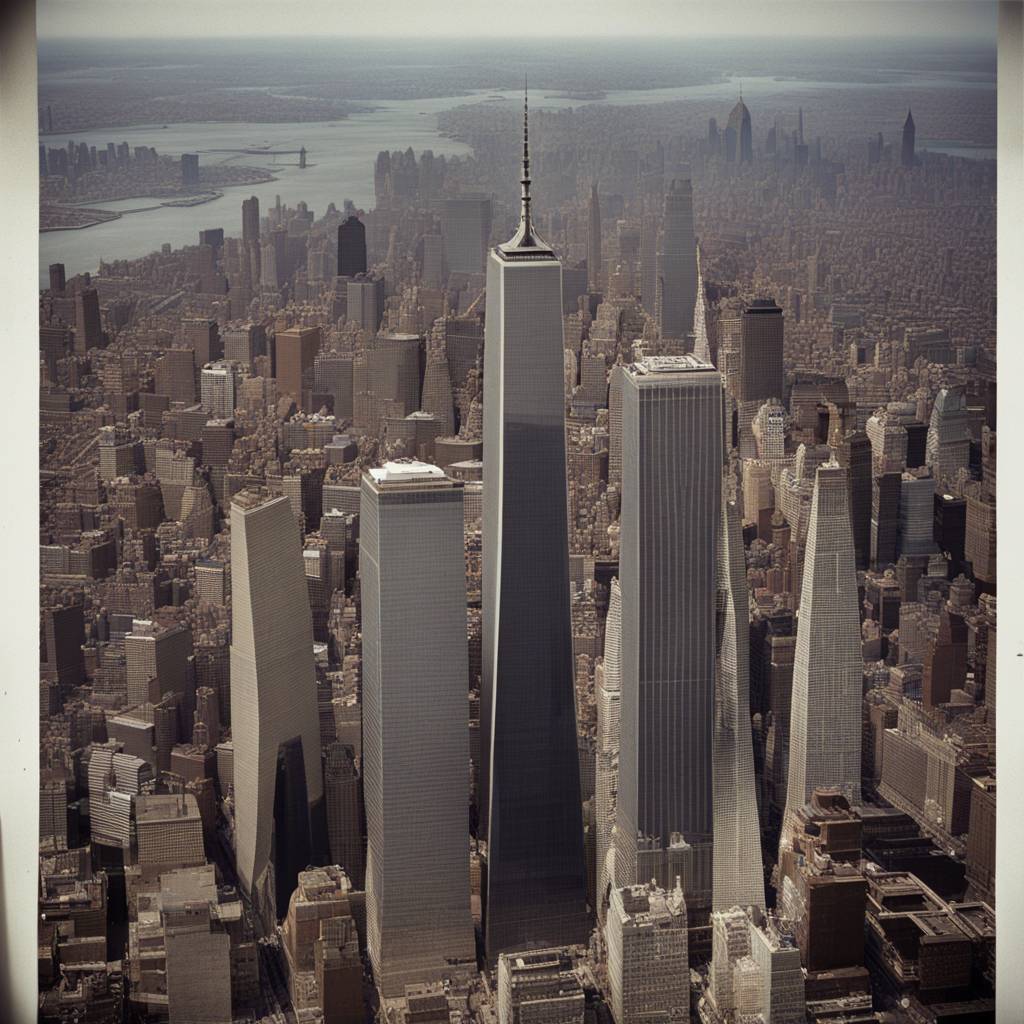On April 4, 1973, the World Trade Center officially opened in New York City, with an impressive ceremony hosted by Gov. Nelson Rockefeller of New York and Gov. William Cahill of New Jersey. The center was publicly funded by the Port Authority of New York and New Jersey and was designed by American architect Minoru Yamasaki. Yamasaki envisioned the World Trade Center as a representation of humanity’s belief in cooperation and greatness. However, the immense towers came to be known for the tragic events of September 11, 2001, when they collapsed live on television during a terror attack, resulting in the deaths of over 2,750 people.
Today, the site of the Twin Towers is commemorated as the 9/11 Memorial, where two reflecting pools and waterfalls pay tribute to those who lost their lives in the attacks. While the World Trade Center holds a haunting place in American culture, it was not as beloved during its time. Author Mark Kingwell noted that the Twin Towers were not as celebrated as the Empire State Building, standing as the tallest skyscraper for 40 years before being surpassed by the World Trade Center. The construction of the towers faced criticism and was seen as excessive during a time of political turmoil and economic instability in New York.
The completion of the World Trade Center amid the Vietnam War and other crises was a symbol of American exceptionalism. The towers rose side by side as the tallest in the world, providing millions of square feet of office space and attracting businesses and workers from various countries. Despite its monumental size, the World Trade Center was not universally embraced by New Yorkers. The city’s complex relationship with the towers was evident during the Hard Hat Riot of 1970, when construction workers clashed with anti-American protesters following the Kent State shootings, further highlighting the divisive nature of the complex.
The World Trade Center’s immense scale and significance in the late 1960s and early 1970s embodied the grand and intolerable aspects of New York City during that period. The towers, standing at 110 stories each and reaching over a quarter-mile into the sky, symbolized the ambition and progress of America. The completion of the World Trade Center represented a time of political and social unrest, as well as technological advancement and cultural change. While the Twin Towers may not have been universally adored during their time, their legacy continues to evoke a mix of emotions, from reverence to mourning, in American culture today.













